The content below is taken from the original ( Announcing the Cloudflare Access App Launch), to continue reading please visit the site. Remember to respect the Author & Copyright.
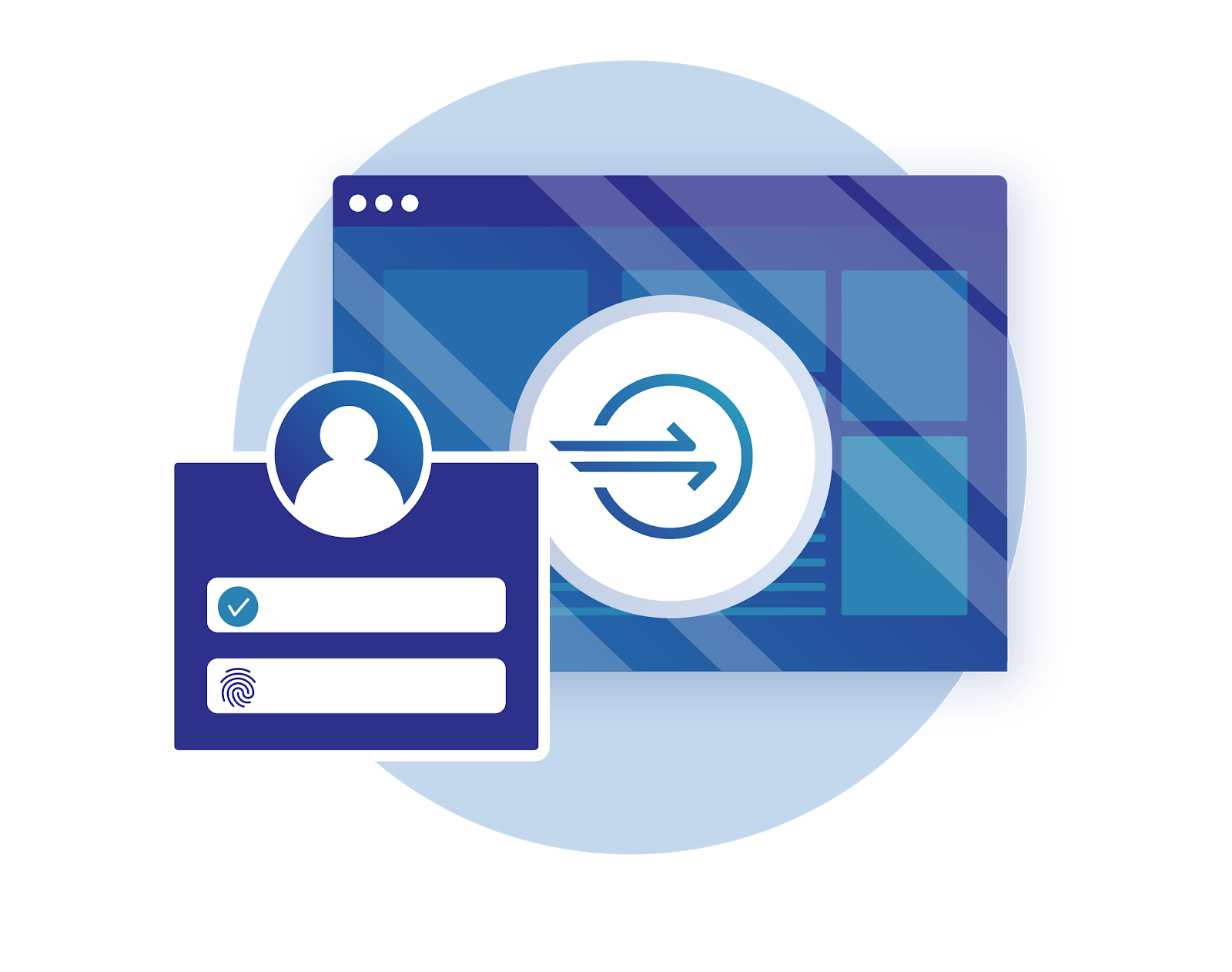
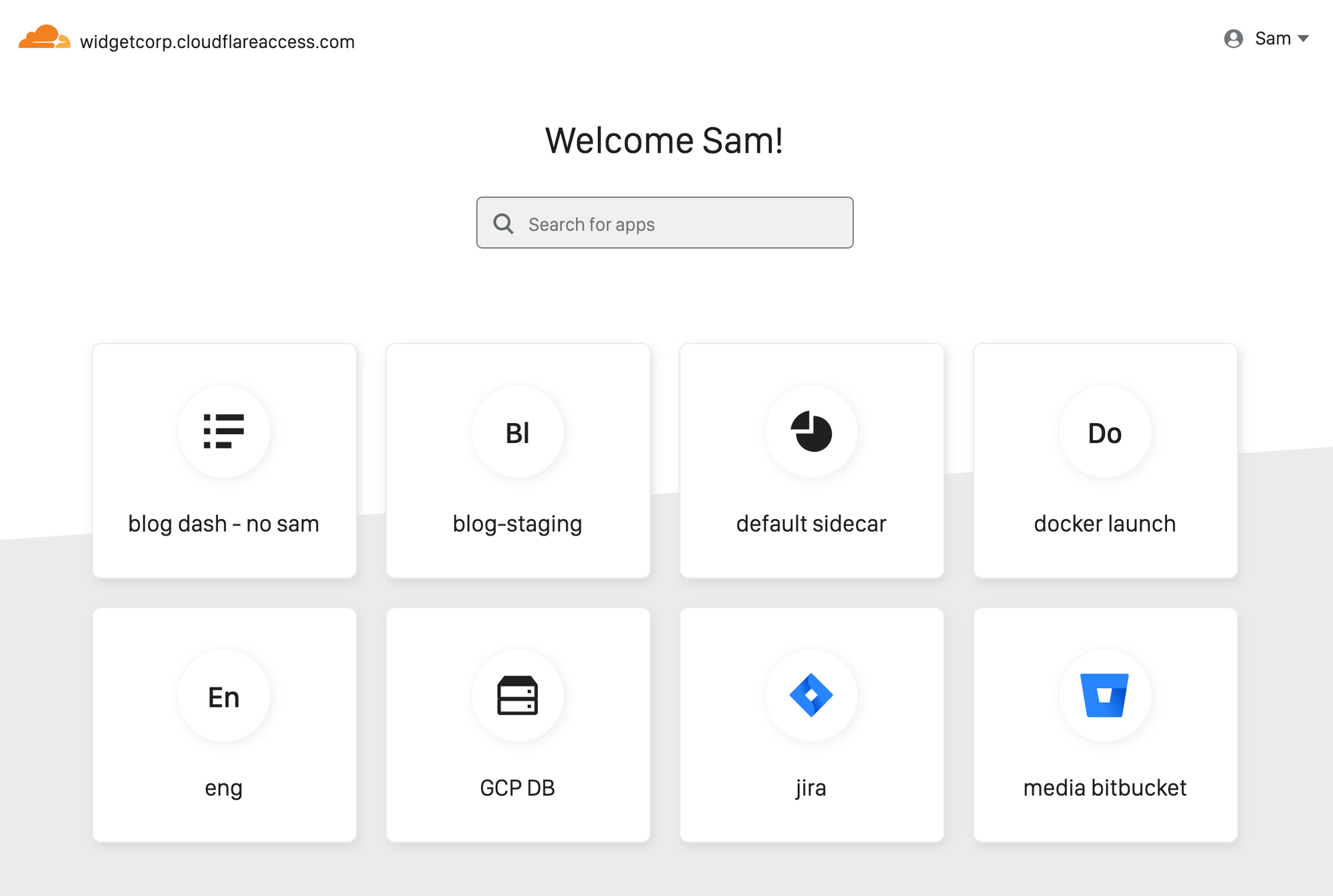
Every person joining your team has the same question on Day One: how do I find and connect to the applications I need to do my job?
Since launch, Cloudflare Access has helped improve how users connect to those applications. When you protect an application with Access, users never have to connect to a private network and never have to deal with a clunky VPN client. Instead, they reach on-premise apps as if they were SaaS tools. Behind the scenes, Access evaluates and logs every request to those apps for identity, giving administrators more visibility and security than a traditional VPN.
Administrators need about an hour to deploy Access. End user logins take about 20 ms, and that response time is consistent globally. Unlike VPN appliances, Access runs in every data center in Cloudflare’s network in 200 cities around the world. When Access works well, it should be easy for administrators and invisible to the end user.
However, users still need to locate the applications behind Access, and for internally managed applications, traditional dashboards require constant upkeep. As organizations grow, that roster of links keeps expanding. Department leads and IT administrators can create and publish manual lists, but those become a chore to maintain. Teams need to publish custom versions for contractors or partners that only make certain tools visible.
Starting today, teams can use Cloudflare Access to solve that challenge. We’re excited to announce the first feature in Access built specifically for end users: the Access App Launch portal.
The Access App Launch is a dashboard for all the applications protected by Access. Once enabled, end users can login and connect to every app behind Access with a single click.
How does it work?
When administrators secure an application with Access, any request to the hostname of that application stops at Cloudflare’s network first. Once there, Cloudflare Access checks the request against the list of users who have permission to reach the application.
To check identity, Access relies on the identity provider that the team already uses. Access integrates with providers like OneLogin, Okta, AzureAD, G Suite and others to determine who a user is. If the user has not logged in yet, Access will prompt them to do so at the identity provider configured.
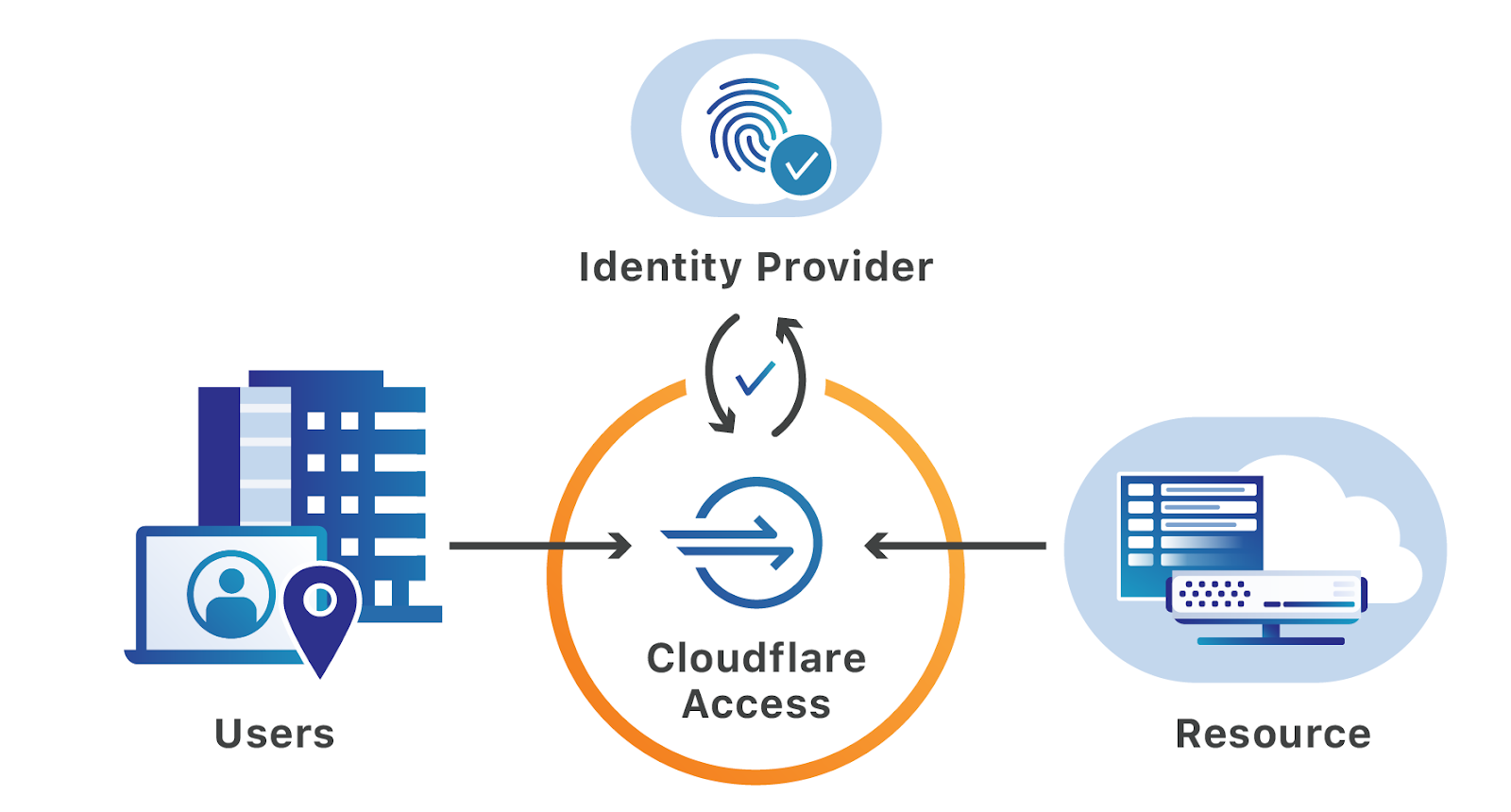
When the user logs in, they are redirected through a subdomain unique to each Access account. Access assigns that subdomain based on a hostname already active in the account. For example, an account with the hostname “widgetcorp.tech” will be assigned “widgetcorp.cloudflareaccess.com”.
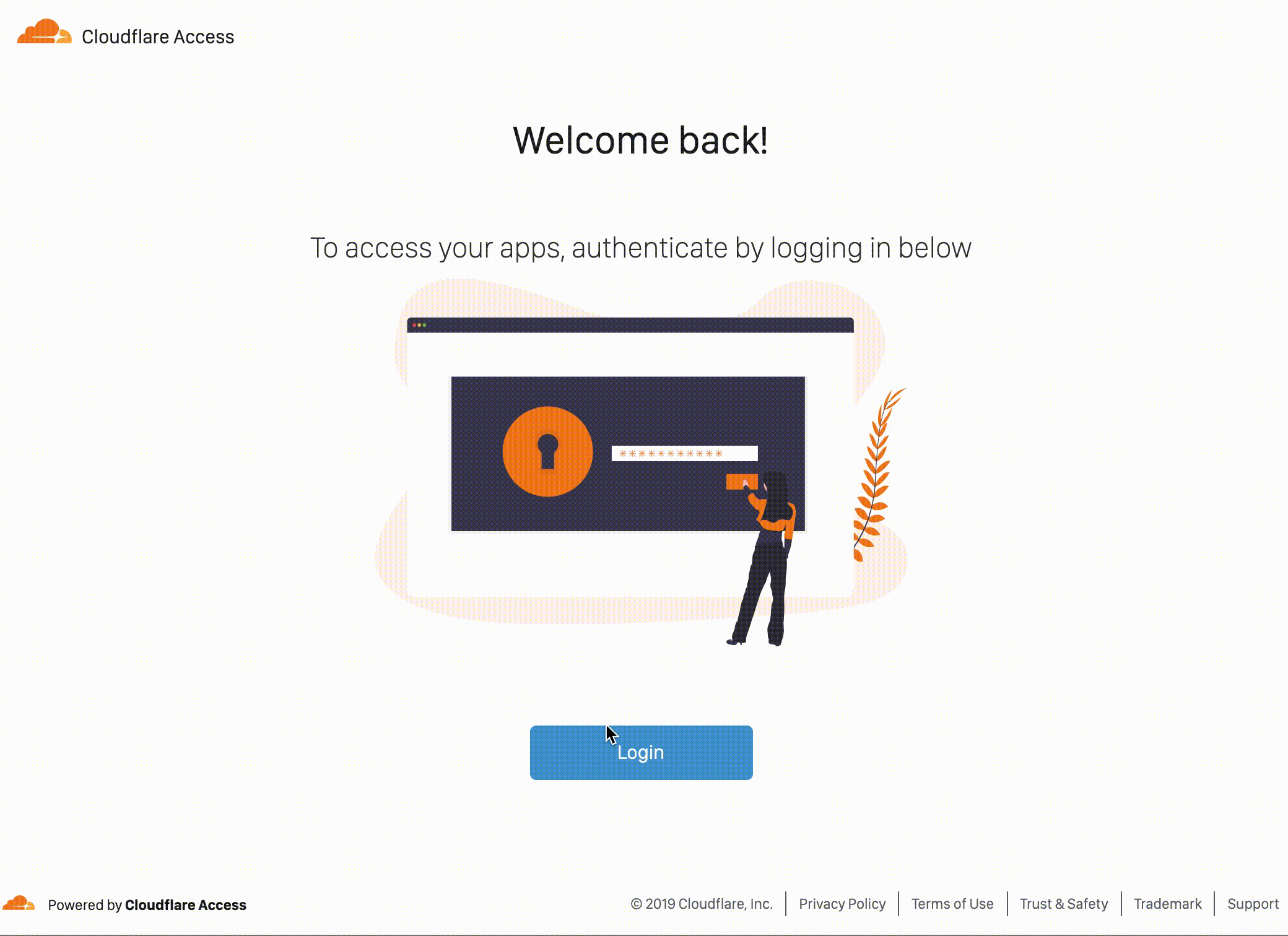
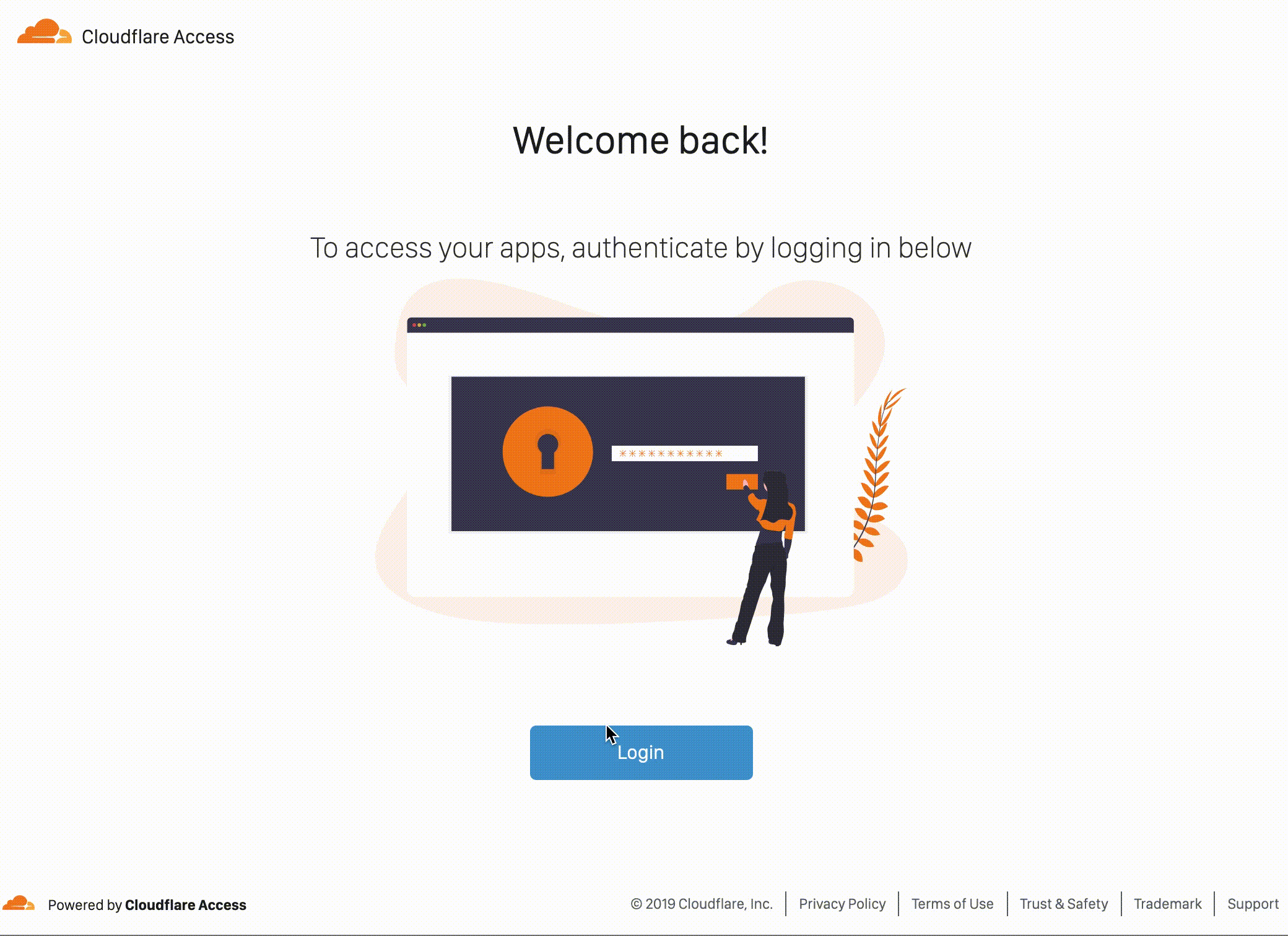
The Access App Launch uses the unique subdomain assigned to each Access account. Now, when users visit that URL directly, Cloudflare Access checks their identity and displays only the applications that the user has permission to reach. When a user clicks on an application, they are redirected to the application behind it. Since they are already authenticated, they do not need to login again.
In the background, the Access App Launch decodes and validates the token stored in the cookie on the account’s subdomain.
How is it configured?
The Access App Launch can be configured in the Cloudflare dashboard in three steps. First, navigate to the Access tab in the dashboard. Next, enable the feature in the “App Launch Portal” card. Finally, define who should be able to use the Access App Launch in the modal that appears and click “Save”. Permissions to use the Access App Launch portal do not impact existing Access policies for who can reach protected applications.

Administrators do not need to manually configure each application that appears in the portal. Access App Launch uses the policies already created in the account to generate a page unique to each individual user, automatically.
Defense-in-depth against phishing attacks
Phishing attacks attempt to trick users by masquerading as a legitimate website. In the case of business users, team members think they are visiting an authentic application. Instead, an attacker can present a spoofed version of the application at a URL that looks like the real thing.
Take “example.com” vs “examрle.com” – they look identical, but one uses the Cyrillic “р” and becomes an entirely different hostname. If an attacker can lure a user to visit “examрle.com”, and make the site look like the real thing, that user could accidentally leak credentials or information.
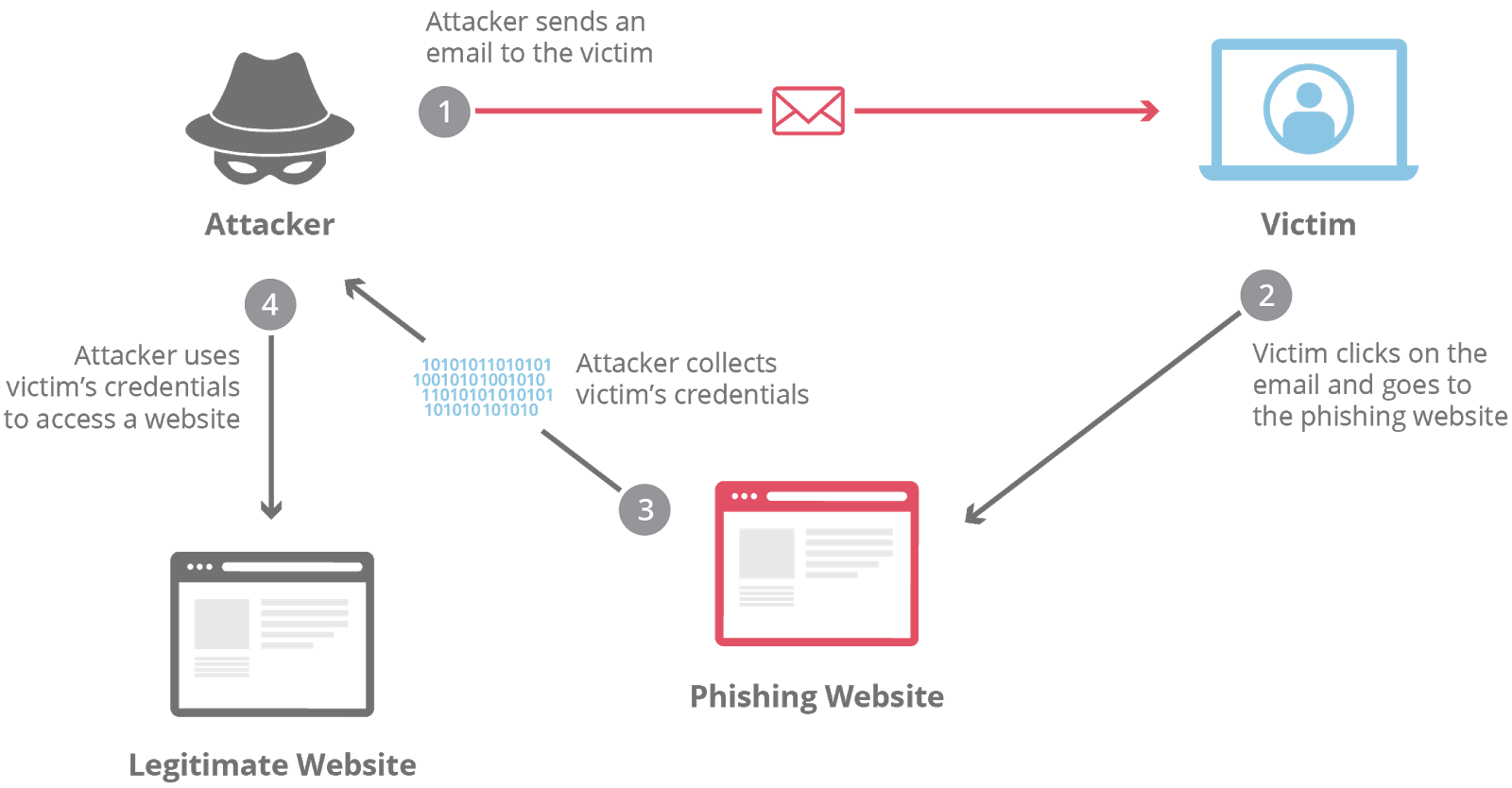
To be successful, the attacker needs to get the victim to visit that fraudulent URL. That frequently happens via email from untrusted senders.
The Access App Launch can help prevent these attacks from targeting internal tools. Teams can instruct users to only navigate to internal applications through the Access App Launch dashboard. When users select a tile in the page, Access will send users to that application using the organization’s SSO.
Cloudflare Gateway can take it one step further. Gateway’s DNS resolver filtering can help defend from phishing attacks that utilize sites that resemble legitimate applications that do not sit behind Access. To learn more about adding Gateway, in conjunction with Access, sign up to join the beta here.
What’s next?
As part of last week’s announcement of Cloudflare for Teams, the Access App Launch is now available to all Access customers today. You can get started with instructions here.
Interested in learning more about Cloudflare for Teams? Read more about the announcement and features here.




